Update: This article was based on our preview over two weeks ago at THQ. Our full review of the retail release is here, including mention of the now well-known PC bugs and glitches.
Those who have had the honor of being involved in the sordid world of video gaming since its inception will remember the ups and downs throughout the decades, from the Atari heydey of the early 80s to the promise of a new world that Nintendo brought. From the 16-bit wars to the never-saw-it-coming casual gaming boom, one thing that we’ve all learned is that gaming definitely has an ebb and flow.
In the last few years, PC gaming has seen some of that ebb as, in the middle part of the last decade, consoles began rising in popularity. It was most pronounced for me at E3 2009, when I felt almost embarrassed to tell people we covered PC gaming. “PC games?” they would condescendingly say. “Wow. People still play those?”
Of course, PC gamers smugly continued playing their games at increasingly better resolutions, with increasingly newer graphics technologies, on their own amazing game platform. The difficulties and struggles that console players often tout as the biggest downside to PC gaming (“I like my games to just work“) became a thing of the past as technology marched on. With Windows 7, a vast array of excellent GPUs, extremely fast and cheap multi-core CPUs, and services like Steam, PC gaming was definitely at a high level of refinement.
There was only one problem: The games were being developed for consoles at a much lower common denominator, and then being lazily ported to the PC platform in what felt like an insulting cash grab. There are countless tales of horrible PC ports for what would otherwise be excellent games. Tacked-on controls, bad interfaces, graphic glitches, crashing—you name it. A game that ran flawlessly on an Xbox 360 would turn into a steaming pile of frustration on the PC, further driving home the point to beleaguered PC gamers that they were living in an increasingly console-driven world, and that developers were only interested in the quick cash grab. Things looked bleak there for a while.
But it’s always darkest before the dawn, and as console lifecycles started stretching towards the double digits, gamers started to realize that their console (which as we all know is just a PC in a fancy shell with a hidden OS) was running with technology from years ago. “Call of Duty 12 looks the same as Call of Duty 11!” they cried, even as deep down inside they all knew the reason why: consoles are at their limit. They cannot get any better.
In the meantime, those of us who write about games and go to trade shows started to realize something: Game demos at trade shows like E3 were being shown on PC. Trailers featuring “in-game footage” were actually being shown at 1080p with lighting and rendering tech that was impossible for consoles. Who wants to show Battlefield 3 on an Xbox 360 when the PC version looks so much better? Gamers who drooled over the footage of absolutely real-looking tanks firing shells in the desert, with dust and treadmarks and realistic destruction wanted that experience at home, but they knew it wasn’t gonna happen on their consoles.
Forums and gaming sites all over the web started getting a resurgence of “help me build a gaming PC” threads. E3 2011 was the final straw for many; no new Xbox or PlayStation announcements. When these gamers started researching what it took to build a capable gaming PC, they were delighted to discover that technology has moved on and that building a gaming PC was far less expensive than they remembered (or feared).
So they built their PCs, discovered the delights of Steam (and to a lesser extent, Origin), found out that Indie gaming is pretty damned cool, and came back to their roots.
But where are the games?
Darksiders II
The long-winded introduction was necessary. I needed to give context for why I feel so strongly that Darksiders II is a triumphant return to PC gaming from the developer’s side of things.
Darksiders was a good game. It was maybe a bit overshadowed by other games in the third-person slasher/action genre (God of War being chief among games that are mentioned when comparing Darksiders to other games), but it had enough content, story, and gameplay to set it apart enough to become a relative hit. It sold over a million copies, got good reviews, and was successful enough to spawn a sequel. It featured good graphics, solid voice acting, interesting puzzles, and enough lore for even hardcore nerds.
What it was not, however, was a PC game. It was released in January of 2010 for consoles, and the PC port didn’t come until much later (September). The controls were not optimized for keyboard and mouse, and it was yet another one of those games that just assumes you have an Xbox 360 controller hooked up.
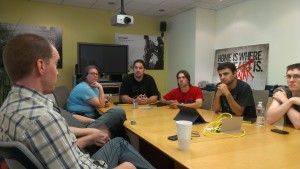 The Community Summit
The Community Summit
I was invited to THQ in Agoura Hills, CA last week to hang out with some of the people responsible for Darksiders II and play the game for two days straight. The summit was hosted by Icrontic’s own Mat “Sledgehammer70” Everett (who is the Community Manager for Darksiders II), and attended by Vigil Games’ Associate Producer Jay Fitzloff and Lead Combat Designer Ben Cureton. Assisting on the sidelines was the ever-lanky Icrontian Bobby “UPSLynx” Miller, who is the Community Manager for Company of Heroes 2 (also a THQ game). The event was attended by twelve reps from various gaming communities, but I was one of the few PC-only gaming community managers there.
The very first thing I noticed when we got to the room where we would be playing the game? They were all PCs with 26″ Samsung monitors and Astro A40 gaming headsets. All the PCs had NVIDIA GeForce GPUs in them. They were all running the game at 1080p, with high graphics settings. They were definitely not consoles.
Why is this? It’s simple: The PC version of the game is the best version of the game, hands-down. “The game looks better on the PC”, said Jay Fitzloff.
The only consolation (har) to console players was the Xbox 360 controller at every desk. In the development build we played, the keyboard and mouse controls were not implemented yet, although I was reassured on multiple occasions by both Fitzloff and Cureton that the keyboard and mouse controls for PC are being tweaked specifically for PC gamers and are not tacked-on console controls.
Ask me anything
I decided to start an AMA (ask me anything) on Reddit, so that I could field questions from gamers in real-time and get answers straight from the source. If you read through some of those, you see a pattern: most people are concerned with the PC version of the game. I was able to pose these questions directly to the developers as they were being asked. Will the keyboard controls be good? How is the PC version of the game? Can you show us the graphics options?
On the question of graphics options, I was told by both Fitzloff and Everett that the PC version will have a fully tweakable config file as well as the standard in-game graphics options for various resolutions, settings, and options. However, if you want to get really deep, the config file will be there.
The game will be released on day one for PC as well as console platforms, and there will be PC-exclusive gear for pre-orders. It feels nice to get a little love after all these years.
The game
Oh yeah, I suppose I should talk about the actual game.
I am not normally in for action/puzzlers like this. I never played God of War. I found Heavenly Sword boring and repetitive. I do admit to a sincere fondness for Legend of Zelda (a game that Darksiders II has been compared to a few times, to the annoyance of the developers), but I didn’t think I’d really love Darksiders II. I figured I’d like it.
Well, I’ll go on the record as saying I love it. I want it on day one. I’ve got a solid 10 hours sunk into this game now and I’m hooked. I’m sad that the quests I got into, the gear I upgraded, and the build I customized is gone into the ether somewhere at THQ headquarters.
The game is shockingly deep. It’s far more than just a timing-based button-masher. There is a solid RPG element with character leveling, almost unlimited, procedurally-generated weapons (akin to Borderlands), armor, and other items. You can customize your build to a great degree. There are two major talent trees that open up a lot of character customization and playstyle preference options. The puzzling element is Zelda-quality (and when we compare Darksiders II to Legend of Zelda, that’s a compliment, guys!), the dungeons are massive, the environments are insanely huge (and gorgeous!), and the voice acting is really good.
The thing that struck me, a non fighter-gamer, the most however was this—the fighting is totally fucking awesome. I noticed right away how chunky and visceral the weapon hits are. I learned to love the dodges, strafes, jumps, and blocks. I found myself saying things that fighting gamers say: “Yeah! Take it! Unnnhh! You like that? Bam!”
I got to spend a lot of time with Ben Cureton, the guy who designed the fighting system, and came to understand that he is a huge fan of fighting games. The pedigree shows; with the variety of combos and strategic decisions made at the split-second level, there is a lot of fighting game in here.
From an art perspective, the distinctive and memorable color palette choices for each “zone” are really something to see. The scope of different environments is remarkable; you start the game in a very blue icy zone, and go from there to ancient ruins with a lot of overgrown vines and trees. There are foundries filled with smoke and molten metal to icy mountaintops, deep jungles, underwater environments, and hellish landscapes. The only other game I’ve seen with such a wide variety of distinctive landscapes is World of Warcraft. In that game, an experienced player can look at the screen for three seconds and know what zone the player is in. I feel like Darksiders II will be the same way. The environments have a definite “brand” to them.
To make things even more interesting, there is a massive amount of content. On the scale of the game, the developers estimated that there will be 40-50 hours of gameplay in here. After playing through about 10 of that and not even feeling like I had started the game proper, I can believe that. The world map is massive and we only got to see a tiny part of it. The developers estimate that, even a Vigil employee doing a speed run would take about 20 hours to complete the game. “In a world filled with free-to-play games, we wanted to make sure that if you spend $60 on a game, you’re getting a $60 game.” said Fitzloff.
While most of the game is straightforward (start at quest hub, go out into the world, fight mobs for loot and XP, go to some place, do a thing, figure out puzzles, fight mini-bosses and then a big dungeon boss, get stuff, etc.), there is another element I haven’t mentioned yet: the “puzzle-fights”.
Remember the game “Shadow of the Colossus”? Remember how many people said a sequel with modern graphics would be amazing? This is that sequel. There are bosses that are hundreds of times bigger than Death. You have to figure out how to scale them, find their weak points, do things, climb, jump, use your abilities and special weapons, and use the environment in the right combination to take them down. Taking down a massive behemoth that’s half a mile tall is tremendously satisfying.
There’s also a game-to-web connection. There’s also a CoH2 key: DVTL9-TFHFX-45ERJ and maybe another EWX6L-TEYPC-WRY3D.There will be leaderboards and an in-game mailing system (called the “Tome” system) that will allow you to mail weapons and items to friends. There will also be a “New Game+” mode which allows you to play the story again, while keeping your loot. I was told that you will not be able to reach max level (30, for now) on one playthrough of the game (although I suppose someone who was a super-grinder could indeed prove that wrong).
A pleasant surprise
I suppose the most ringing endorsement I can give of the game is that I didn’t want to have to stop playing. I was annoyed when they announced that time was up and we had to stop.
This game is worth the price. It’s an ambitious, grand sequel on a scope rarely seen in today’s world of 10-hour games. It’s deep, made by gaming fanatics, and it’s a shining example of what PC gaming can and should look like.
Darksiders II will be available in August for PC, Xbox 360, and PlayStation 3. But trust me, the PC version will be best, and it’s $10 cheaper 😉
UPDATE: 2012.14.08
Today is release day for Darksiders II. I got the PC retail version tonight and fired it up.
While the game is still truly awesome, I am disappointed that a lot of the glitches and bugs I noticed in the beta are still present, most notably texture problems. It’s especially jarring because for the most part the game looks amazingly beautiful, and then you see a low-res texture here and there and it just really sticks out, bad.
There is no graphic options at all other than “resolution”, which kind of boggles my mind since I was told point-blank that there would be more graphic options. I was also told that the graphics would be further tweakable via .ini file, but there’s nothing to be found.
The game is worth buying, for sure. There’s a bajillion hours of content, deep and satisfying combat, beautiful graphics, a gratifying storyline, and enough variety for any kind of gamer… but the PC version is not what I had hyped it up to be. It doesn’t feel quite like a console port, but the disappointments I’ve experienced are valid.
I realize that my glowing preview probably sold many people on the PC version. That is why I’m writing this follow-up. The preview was based on a mixture of the beta I was playing and the promises of the developers I spoke with. I’m holding out hope that patches will solve my admittedly minor complaints quickly. Please don’t take this as a recommendation to not buy the PC version. I’m simply being forthcoming in telling you guys that the version I am playing now is essentially the same as the beta I played a few weeks ago.


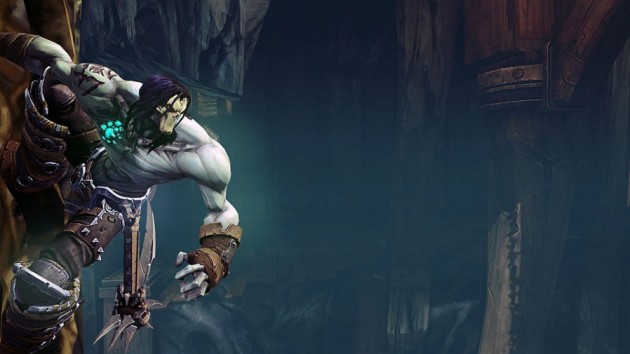
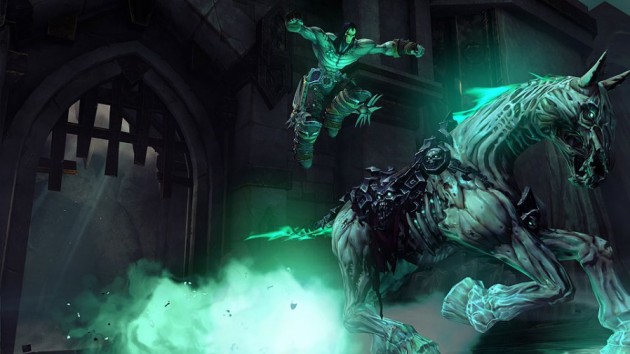
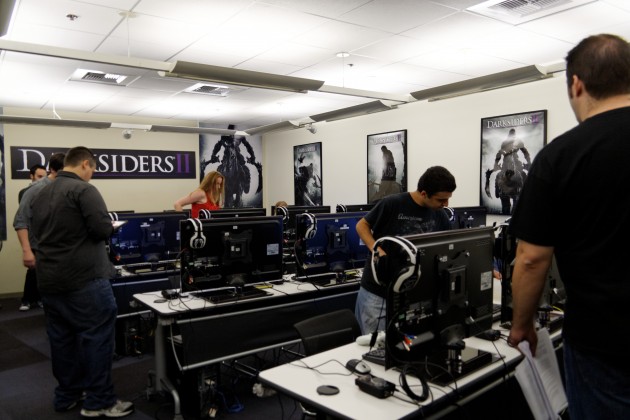

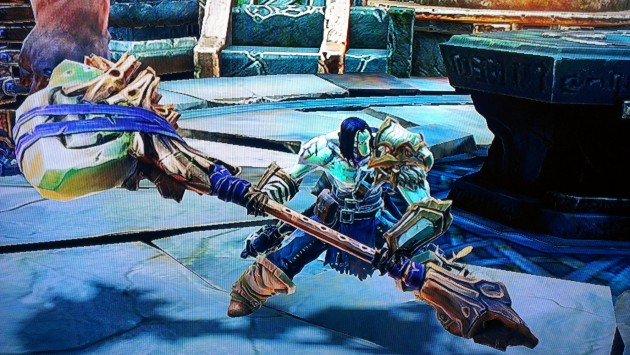
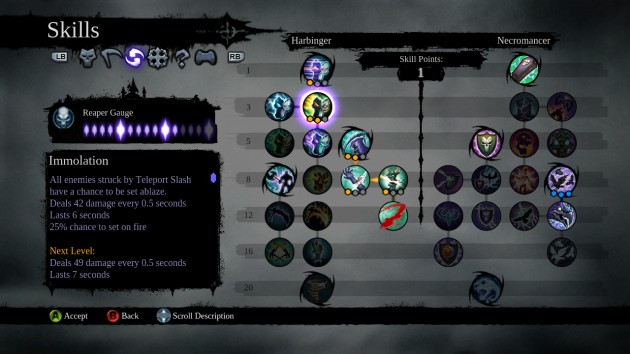
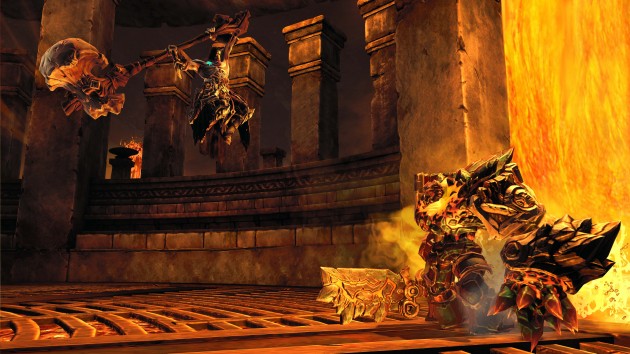
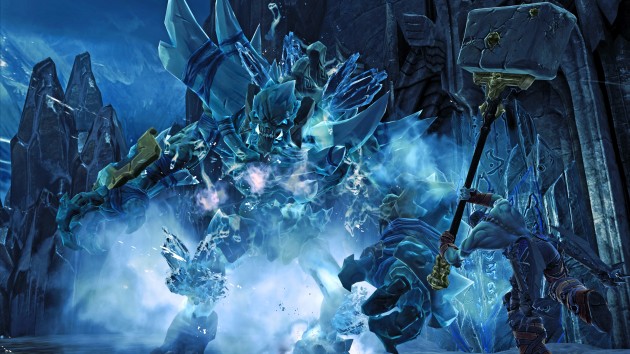
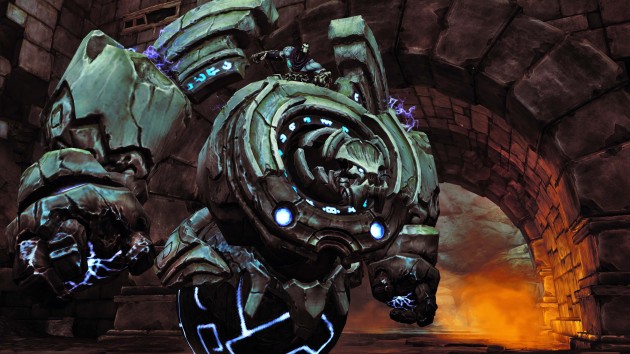













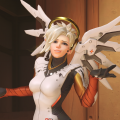

 Articles RSS
Articles RSS